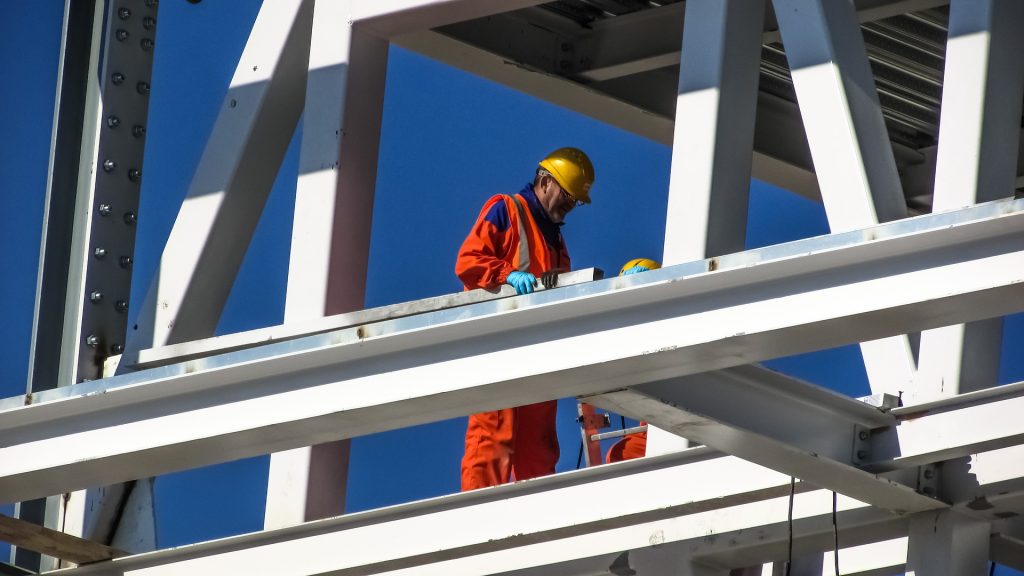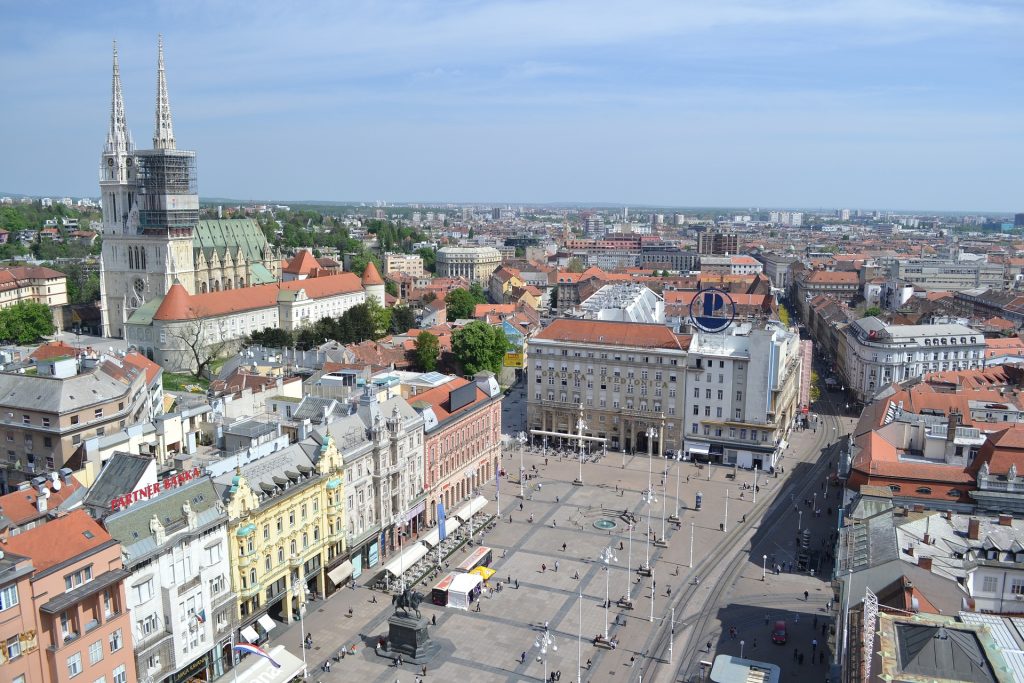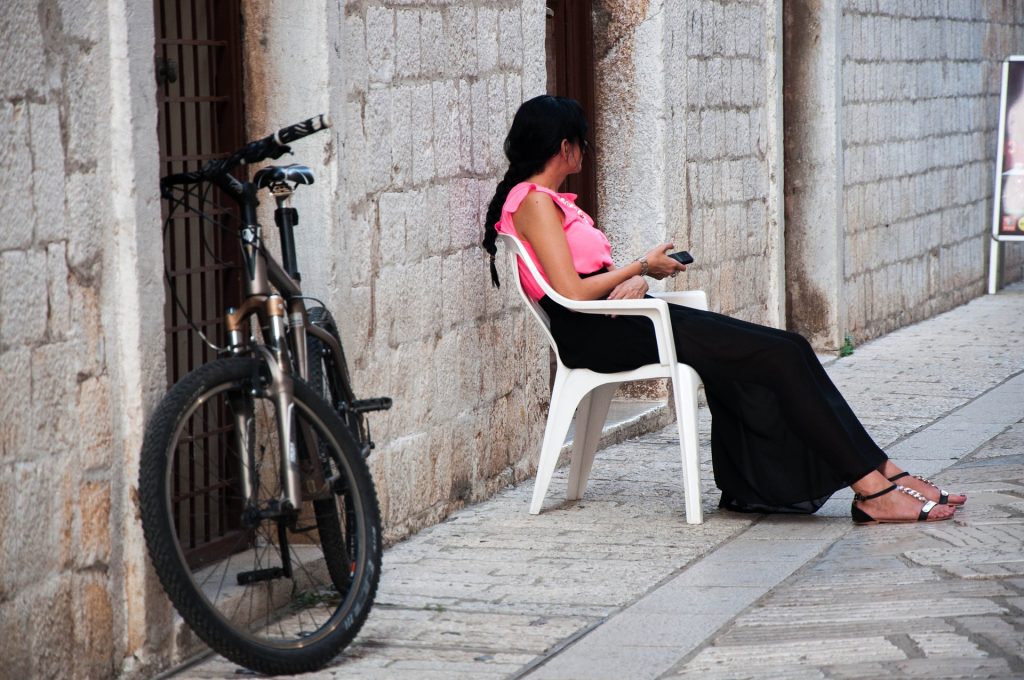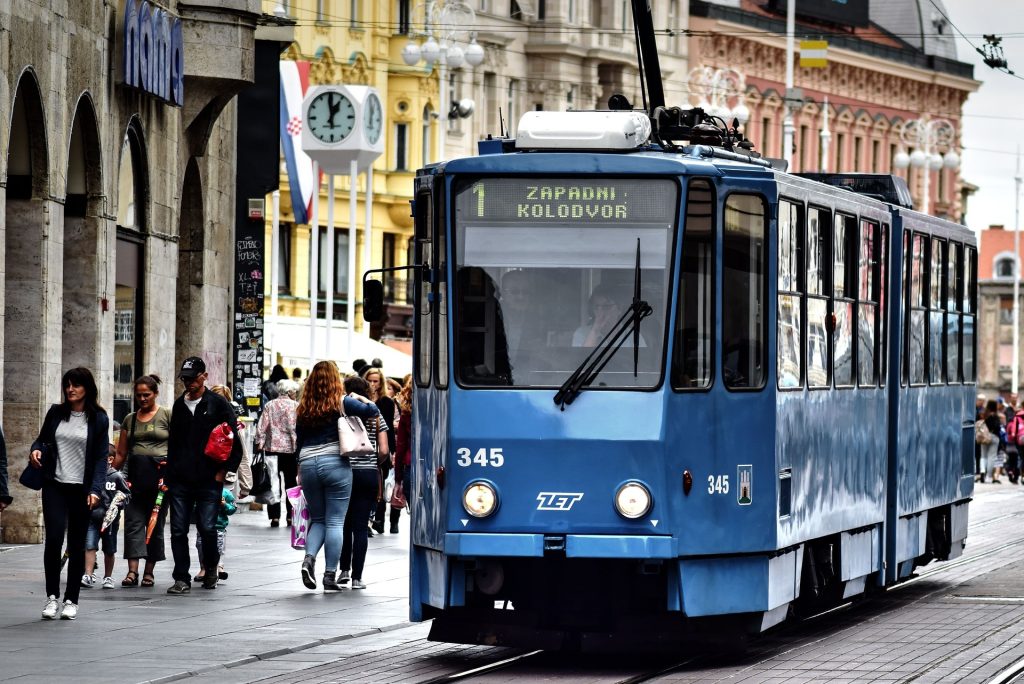July the 27th, 2024 – Croatian employment levels are very firmly on an upward trajectory, as are the average wages taken home each month.
As Marija Brnic/Poslovni Dnevnik writes, Fina data obtained from annual company financial statements submitted for the last business year show that the number of employees has finally crossed the long-desired million mark. The average net salaries have also firmly become one thousand euros.
A total of 156,000 companies (those liable to pay profit tax) employed 1.03 million workers, and their net wages have now reached 1,028 euros.
On an annual level, their salaries nominally increased by more than 10%. Compared to the pandemic-dominated year of 2020, in which they were also in a slight “plus” compared to the previous year, they’re higher by a quarter. In 2020, they amounted to 792 euros on average.
the construction and trade sector has boosted croatian employment levels

Fina’s analysis of salaries by activity showed that more than half of the employees working for companies are concentrated in two activities – construction and trade. The average salaries in those two branches are below the aforementioned sum. Otherwise, the average wages grew among enterprises across all industries, and the biggest jump was recorded in the manufacturing industry. On average, employees in manufacturing received 1,053 euros per month back in 2023, 12% more than they did during the previous year.
The processing industry also has the largest number of employees, a total of 239,000. The number of enterprises in the processing industry is not the largest compared to other industries. There are slightly more than 16,000 such companies, while the number of businesses in construction stands at almost 22,000.
However, the number of employees is half that, and their salaries, despite the annual growth of almost 10%, are significantly lower, standing at 891 euros. Only the salaries of businesses in education (796 euros), other services (771 euros) and administrative activities (851 euros) are below that. Among the activities with lower salaries is one of the most prevalent and active in Croatia – hospitality and accommodation (911 euros), which compared to the others with lower wages, is the only one with a significant number of companies and employees (14,000 companies and 86,000 employees).
In the trade sector, on the other hand, where almost 198,000 workers are employed by slightly more than 28,000 companies, the average net salary was 1015 euros. As far as the amount of net wages per activity is concerned, there were no major deviations compared to previous years, with ICT leading the way with 1,559 euros, and mining and quarrying with 1,321 euros.
positive trends are noticeable across the board

If you compare last year’s salaries and employment with data from a few years back, positive trends are generally noticeable in all industries.
This year has also been marked by an increase of the salaries earned by those working in the public and state sectors. That’s rounded off with a significant increase in the salaries of the presidents of the Republic, Government and Parliament, as well as ministers and members of parliament. Their salaries, unlike those of civil servants, were frozen for a decade. It’s only natural that owing to that, it’s hard for many people to swallow that they will be raised by a massive 60 percent in one fell swoop.
The dynamics currently recorded by wage growth across the public sector, on the other hand, will be difficult for the private sector to follow. This is partly due to the fact that it is still managing to compensate the demand for workers by “importing” from so-called third countries, and therefore the true “Croatian employment levels” are still difficult to gauge.
For Croatian employers, wages are closely related to productivity, which still lags behind the EU average. In its latest analysis, HUP economic analyst Gordan Stojić revealed that the statistical figures (according to which Croats are among those who work the most in the EU in terms of number of working hours, and at the same time earn below average wages) are misinterpreted.
work and productivity

Stojić calculated that workers in Croatia worked an average of 39.8 hours a week in 2023, which is almost two and a half hours more than the EU average. In the Croatian case however, this number includes a half hour rest break, which only Slovenia and Portugal still have. That means that it would actually be comparable to talk about 37 hours a week. At the EU level, as Stojić explained, the pool of working hours is inversely proportional to the level of nominal productivity per working hour.
At the same time, Croats work the same, but in practice, fewer weekly working hours compared to the countries of the CEE region. In those countries, the nominal productivity per working hour (72.4% of the EU average) is higher than it is here in Croatia (68.7% of the EU average). The levels of real income are proportional to the level of productivity, concluded Stojić.











